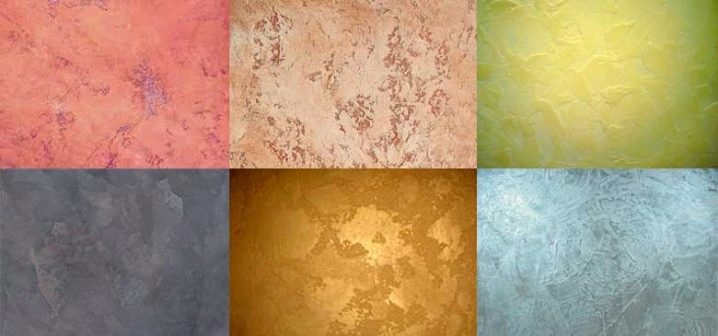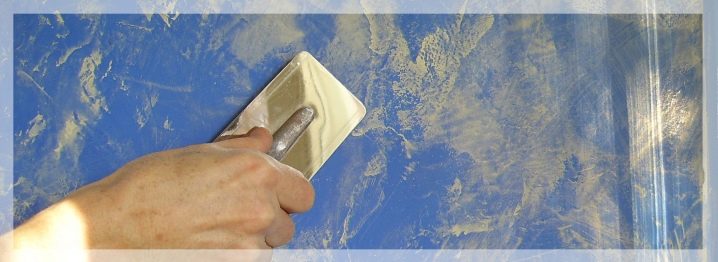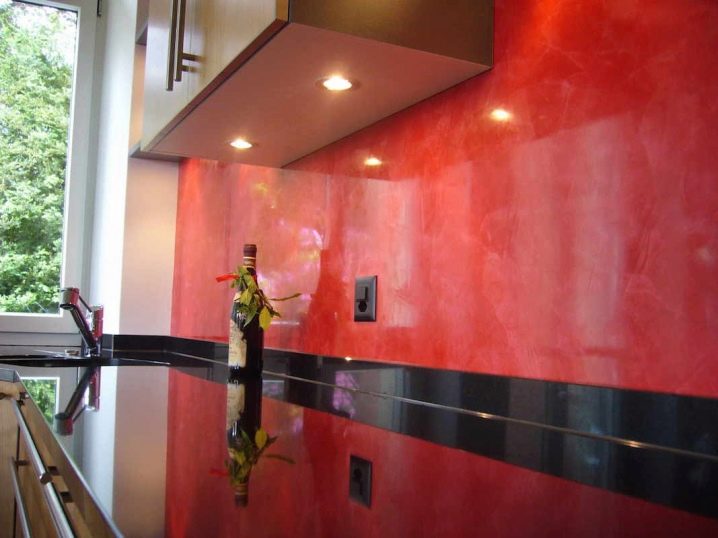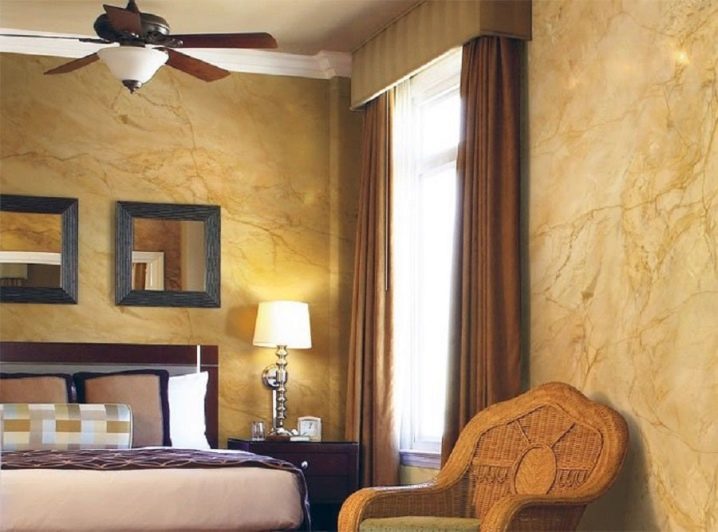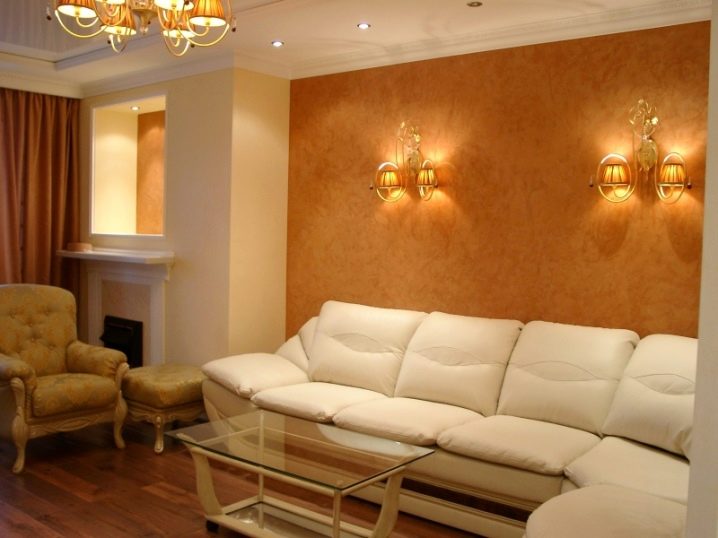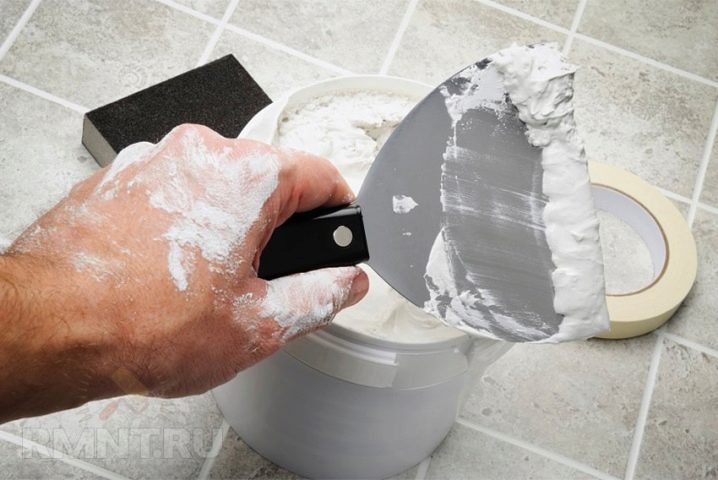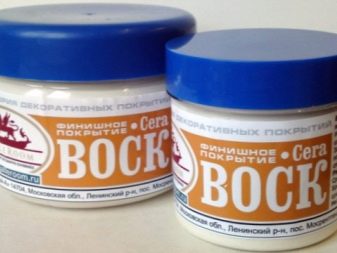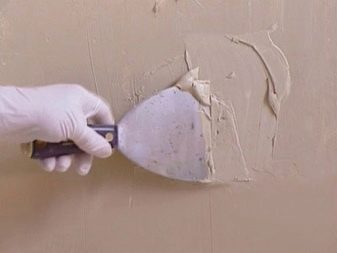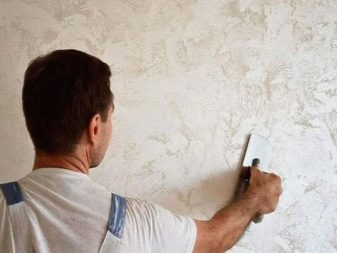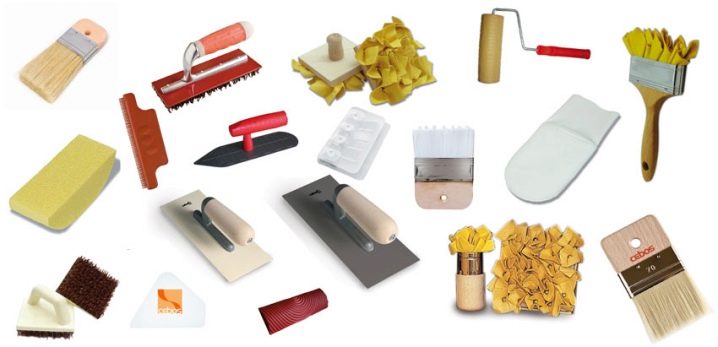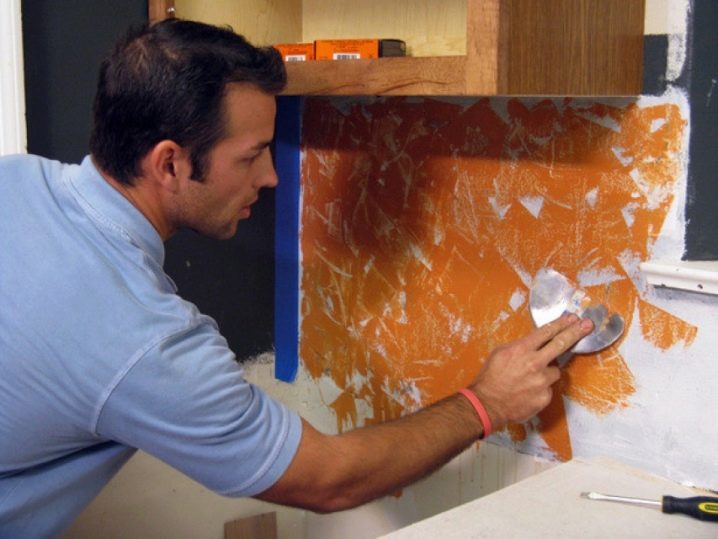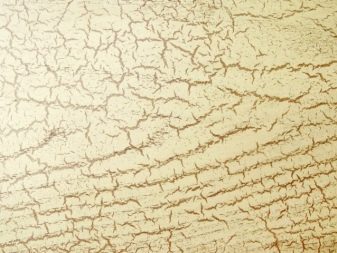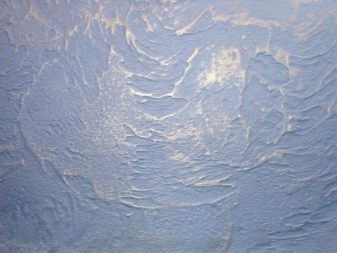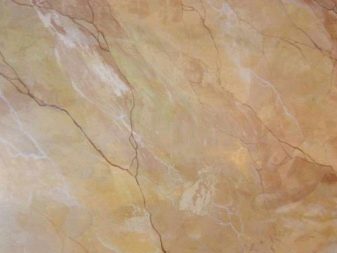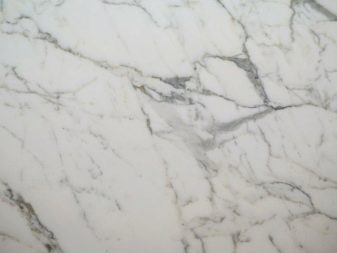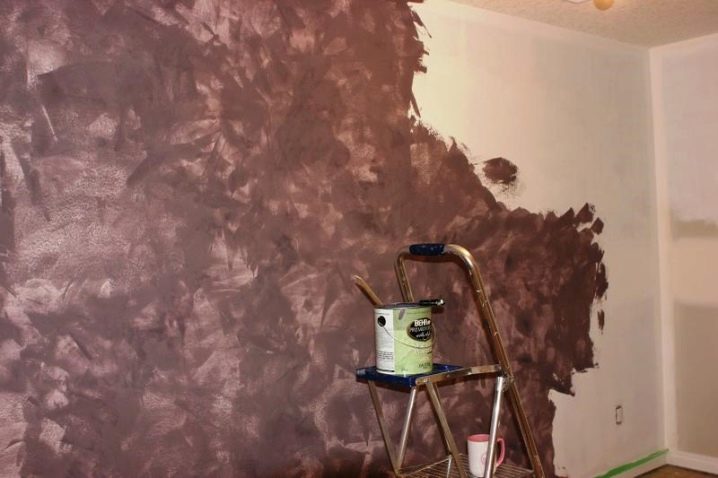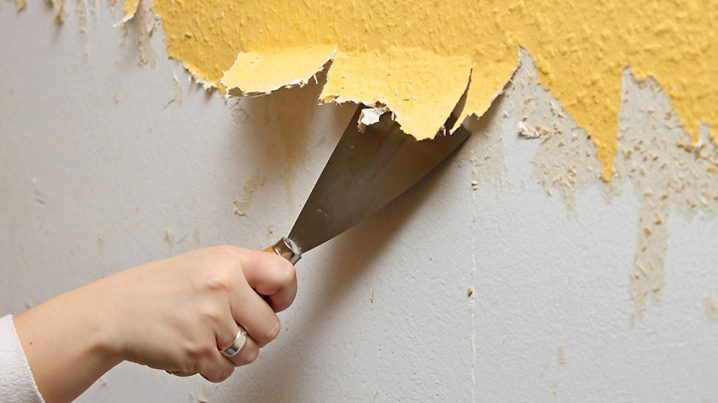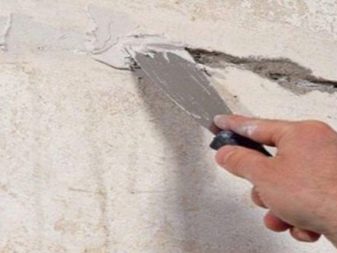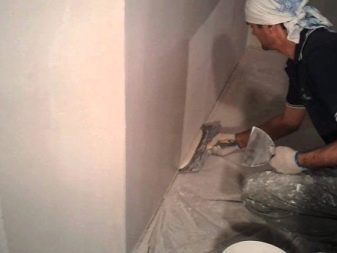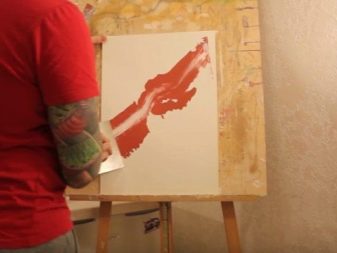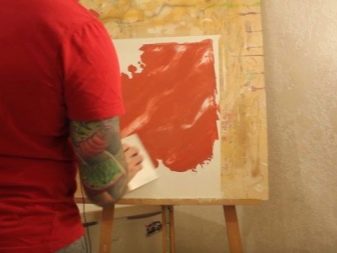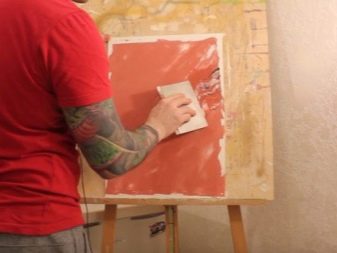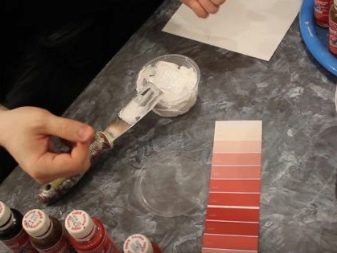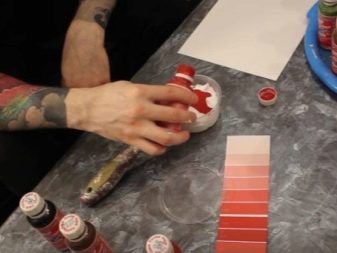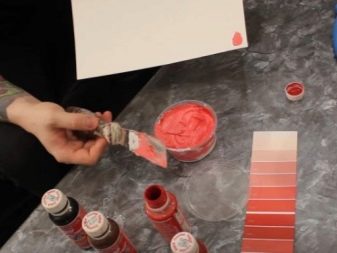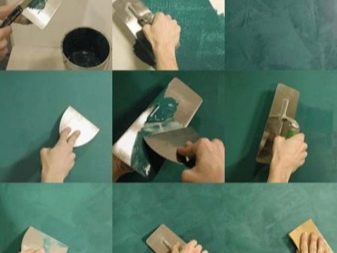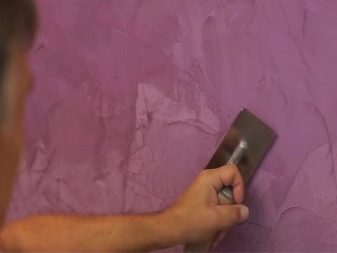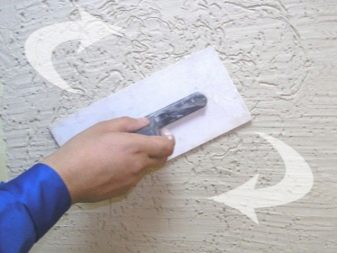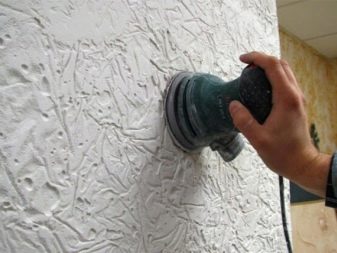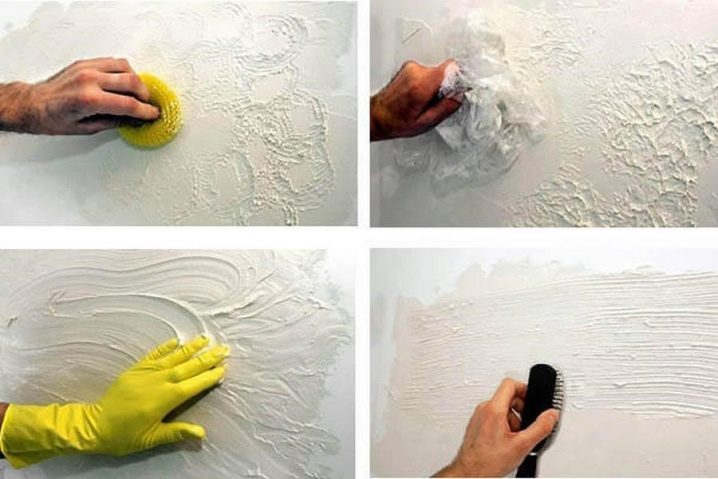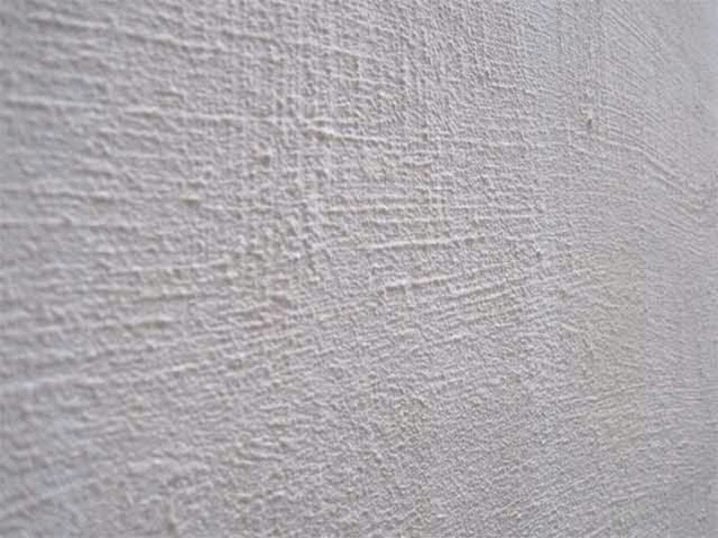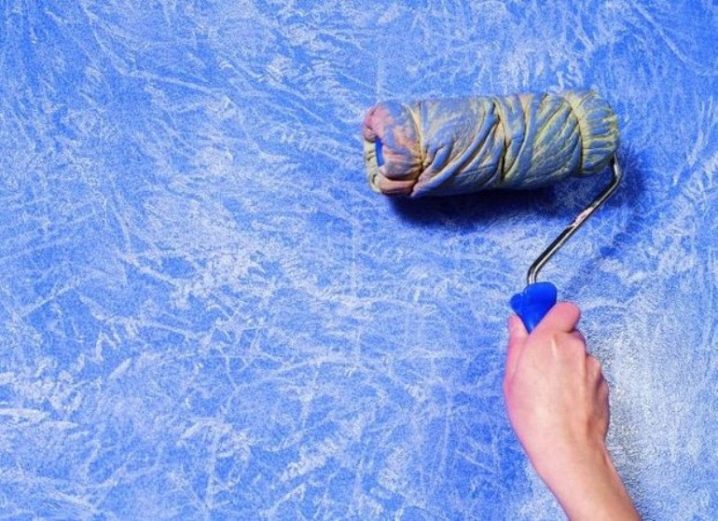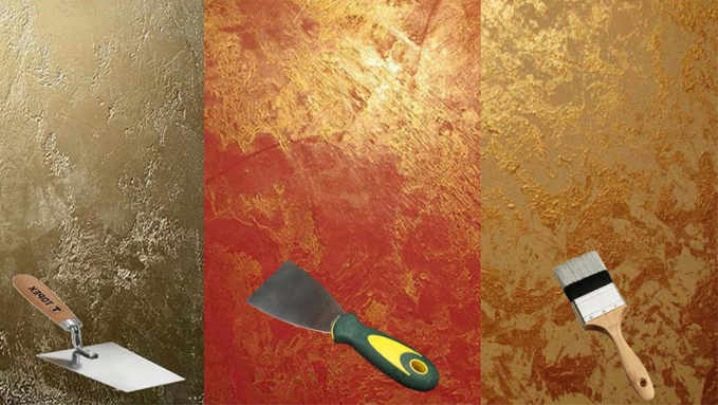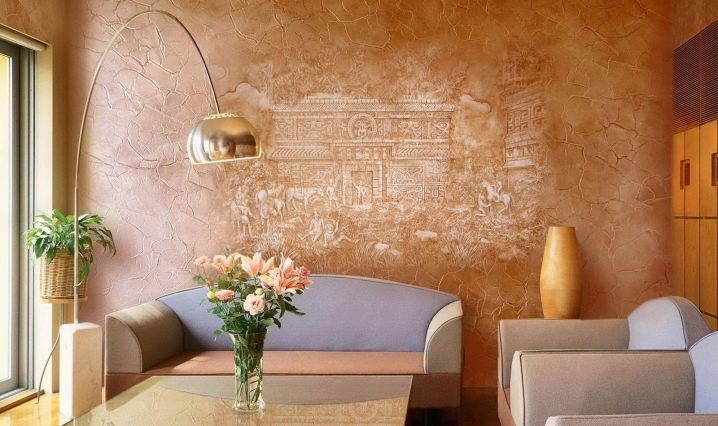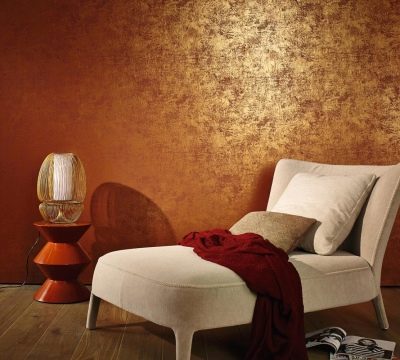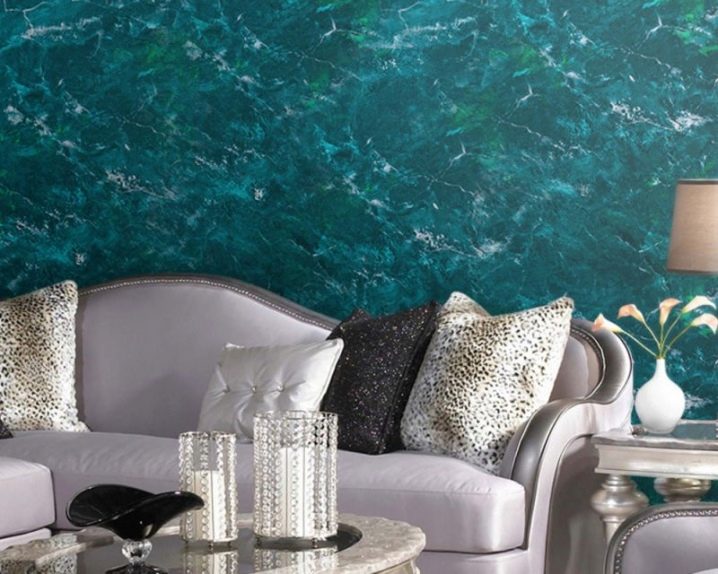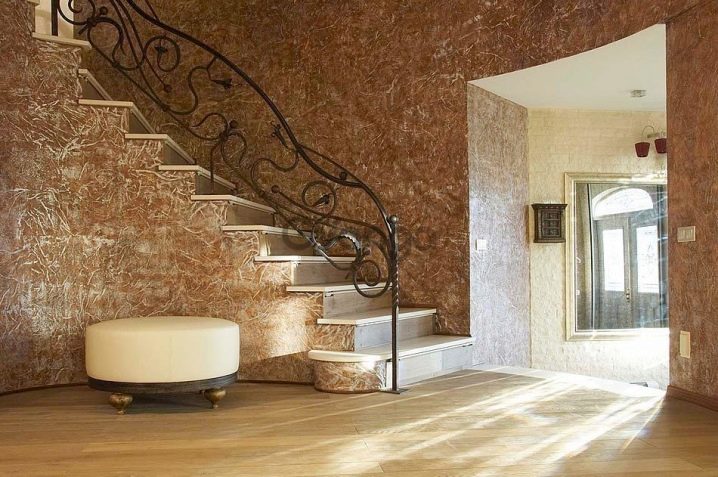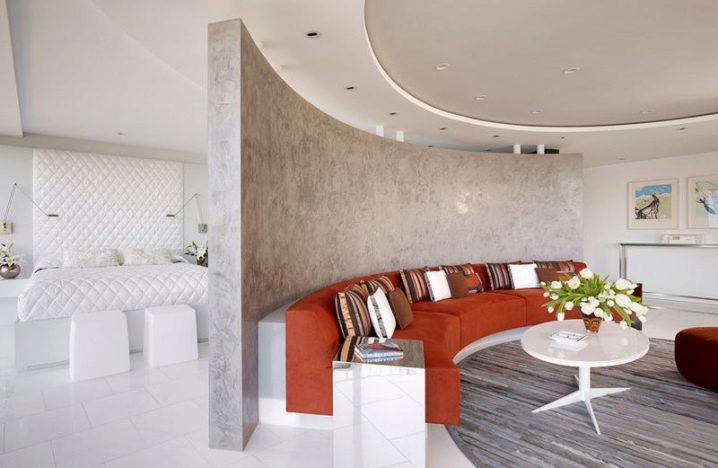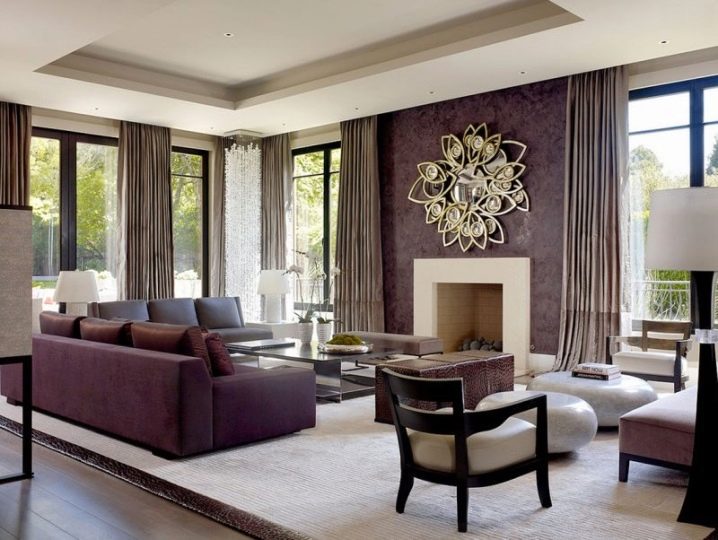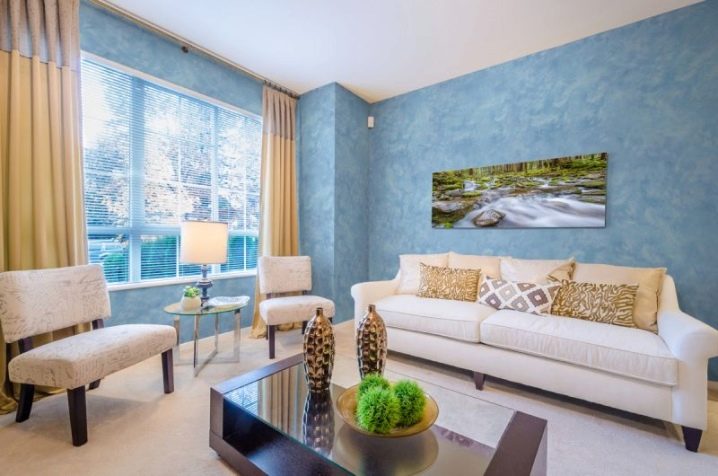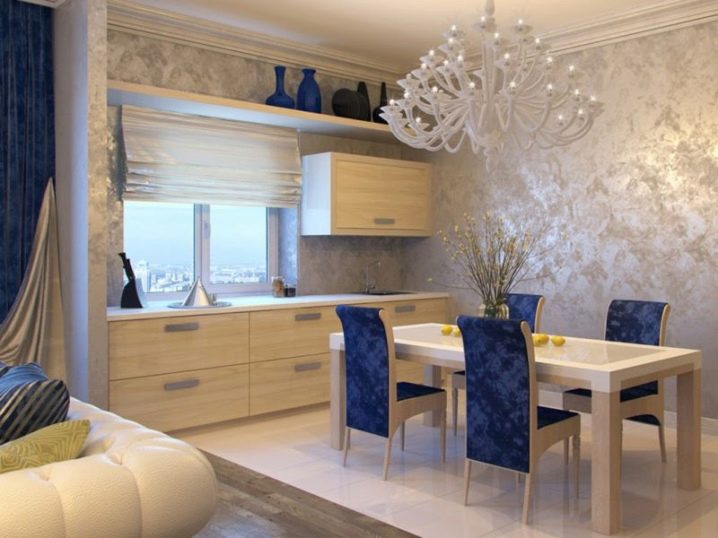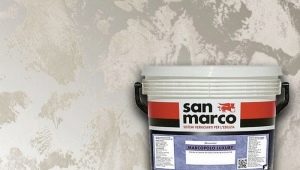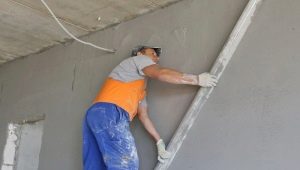How to make Venetian plaster: manufacturing features

When the choice of finishing coating falls on the plaster, it is easy to get lost in the wealth of choice. Modern brands are trying to attract the attention of the buyer with unusual material. Venetian plaster stands out against the background of other analogues.
Special features
Venetian plaster is a finishing material in the form of plaster with an unusual effect. In fact, this material is intended for interior decoration of residential and less often non-residential type. The composition is characterized by fine grain. The texture is soft and soft, it is flexible and easy to use.
Modern plaster material is known from the time of ancient Rome.The remains of building materials based on marble, including dust, crumb, have found their use as a new raw material. In terms of properties and external characteristics of such a material is not inferior to marble. At the same time working with him was easier, because his weight was significantly lower than the marble layers.
Granite, quartz sand and marble are a part of plaster material. The smaller the inclusion, the better the plaster. Modern brands use elastic, durable and reliable synthetic additives as a binder. The finished mixtures may contain water or latex emulsion, artificial pigments and additives based on acrylic. Some types of raw materials may have gypsum inclusions. Often the use of this mixture is realistic stone surface.
From a practical point of view, Venetian plaster is a worthy alternative to other methods of plastering. It is better to paint or whitewash the grounds, and also looks more interesting than traditional wallpaper. The weight used is suitable only for the finishing layer, it is not intended to level the base.Venetian plaster is expensive, leveling the wall and ceiling ceilings unprofitable.
Such plaster composition is suitable for surfaces of different types. It can be used for concrete, brick, wooden and plasterboard foundations. Depending on the variety, the texture of the material can be matte or glossy. The effect is due to the smoothing of the surface and friction with the polymerization of the upper layers.
Matters the correctness of applying a special wax.
Advantages and disadvantages
It should be noted the advantages of Venetian plaster. This will allow you to understand its relevance and basic qualities.
- She is aesthetically attractive. This coating looks beautiful, stylish, modern.
- This finish is easy to apply. Working with a soft texture is nice. Due to the high viscosity it fits well on the prepared substrate.
- This is a textured finish. Even with a small surface relief, it makes the background interior design special, voluminous.
- To facilitate the work and create the effect, a special ready-made mixture with this effect is provided.
- Venetian plaster refers to environmental materials. It can be used in the home of allergies.
- Due to the unusual texture of the pattern, it is able to hide minor irregularities of the walls. However, the coating layer should not be large.
- Due to the components it strengthens the base. Over time, it will not crack or peel off from the plane. During operation, the deformation of the plaster mass is excluded.
- The coating is resistant to UV light. You can not be afraid that over time it will become faded.
- On such a coating can be applied hydrophobic wax. This will allow the operation of Venetian plaster in rooms with a high degree of humidity.
- Regardless of the thickness and texture of the applied layer, this finish has thermal insulation properties. Due to it, the amount of heat loss will be reduced.
- It is compatible with dyes of different colors. You can make the effect multifaceted, using different colors for finishing, taking into account your own taste preferences.
- This material is combined with a different finish surfaces of the walls and ceiling. Venetian plaster is compatible with wallpaper, wall panels, stretch film, drywall, laminate flooring, painting.
To reveal the full picture of the qualities of Venetian plaster, one can not say about its shortcomings.
- It is demanding in compliance with the technology of application. If you ignore this fact, the coating will not be durable.
- The correctness of the pattern depends on the experience of the master or the use of a special tool.
- Quality material is expensive. This is especially noticeable when buying branded raw materials for finishing all the walls of the room.
- Not everyone can independently perform such a finish. However, calling a specialist is expensive, so often have to master the unusual technique of registration.
How to cook with your own hands?
If you do not want to buy the finished material or the purchase hits the pocket, you should prepare the plaster mixture yourself at home. This process is simple and involves the use of available components. All components can be purchased at the hardware store. At observance of the necessary proportions of each inclusion the structure will have the same properties, as factory analog.
In order to do the Venetian plaster, which was made by hand, to be as similar to the factory one as possible, it is better to choose the components of natural origin.
The texture and shade can be selected individually to any interior. Fortunately, transparent or white type of source material allows it.
You can make a Venetian from dry hydrated lime, small stone fraction, color tinting and natural wax. Instead of lime, you can use the usual putty. To complete the effect you need to buy a natural wax. If his purchase does not fit into the budget, the wax can be replaced with a water-based varnish.
It is worth considering several methods based on different recipes.
- You can mix sifted sand (3 hours) with gypsum putty (3 hours), mortar based on gypsum (1 hour), add water at room temperature to the consistency of thick sour cream.
- No less successful option using a primer. It is diluted with water about half, add gypsum plaster. The consistency is similar to the previous recipe.
- Textured composition can be made of marble chips, pigment, powdered putty and water. Water is added only after the dry ingredients are mixed, the shade coincides with the desired one.
- You can mix marble, malachite, quartz chips with a special putty, add slaked lime and color to the composition. Then add water.The ratio of additives and putty should be about 1: 4 (1 hour of all additives for 4 hours of putty).
As you can see, simple components are required for the material. Everyone can do it on their own..
It is worth paying attention to the complete master class, which includes a detailed description of each step.
Consumption per 1 m²
The use of textured Venetian plaster does not have strict standards of consumption. This is due to the different thickness of the applied layer, the possibility of marriage, the depth of the relief, the consistency of the mixture and the method of its application. Depending on this, the consumption of material can be increased by 2 times compared with conventional plaster. Calculations rarely coincide with the actual amount. In fact, you will have to add at least 10–15% to the declared value.
Manufacturers say that 1 m² will take from 1 to 2 kg. The consumption of options based on quartz crumb is about 2 kg per 1 m². The mass based on water dispersions is consumed in the area of 2.5 kg per m². Plaster on the basis of marble, granite, malachite is more economical (1 kg per m²).
Instruments
The process of creating and applying a plaster mix with a Venetian effect implies using tools and devices such as:
- plastic containers for mixing plaster;
- construction mixer with a special nozzle;
- rules and trowels with a wide working blade;
- plaster trowel;
- masking tape;
- fine-grained skins;
- soft sponge.
To simplify the effect of the Venetian, you can buy a special spatula. In addition, the fact of dust formation cannot be overlooked. You will need work clothes, as well as a respirator, gloves. If, in addition to the base coat, an accent pattern or other decoration of the coat is meant, a brush and a small trowel should be added to the standard set. In this case, it all depends on the artistic skills of the master.
Often, surfaces decorated with Venetian plaster with different effects are decorated with special motifs. They can be almost invisible against the general background or embossed, resembling elements of sculpture. In both cases, to highlight this decor you will need color.
For styling, its color should be related to the basic tone of the coating. In other cases, the use of pigments of different shades with the subsequentvarnished.
How to apply?
The use of any type of plaster material is subject to the general rules of preparation. It is necessary to stop in detail at each stage of technology, considering step-by-step instructions. This will minimize the possibility of marriage.
Foundation preparation
The technology of preparation includes several stages.
- Removal of furniture items. After the method of creating the Venetian woman is chosen and its components are bought, all the furniture is taken out of the room. You should not leave it even when it is planned to decorate one wall or a certain part of it. In the process of carrying out finishing work does not avoid the formation of building dust. Regardless of the diligence and accuracy of the master, she will settle everywhere.
- Removing the old cover. Remove old paint, remove paint. If you remove the wallpaper, it is necessary to pre-soak them with water using a spray gun. This will minimize the amount of dust and allow you to remove old panels in large fragments. In the presence of grease stains they do not mask, and scraped from the surface. The same is done in case of detection of significant contamination.
- Prepare the foundation for the starting material. Conduct a visual inspection of the base under the finish. Before masking problem areas, it is necessary to get rid of hillocks and crumbling areas. From the base they remove everything that does not hold well. Such a foundation will not be able to hold plaster for a long time. After cleaning the surface is wiped with a semi-dry sponge. This is necessary so that the layer of the starting mixture has a high adhesion.
- Priming base. At this stage, you can primed the base. To do this, use a primer with a high penetrating power. It is especially relevant in cases of porous and cellular ceilings, as evidenced by crumbling walls or ceilings. It is preferable to use white primer. This will allow you to see where it has already been applied.
- Masking defects. After the initial treatment of the base with a layer of primer and its complete polymerization, a starter solution of a creamy consistency is applied to the surface. They do not cover all the walls: the task of the composition is to disguise chipping, dimples and potholes. The layer of coarse-grained material should not be large, as this will lose longevity.
- Sanding After the starting plaster dries, it should be trimmed with sandpaper (sandpaper). It is necessary to work in a respirator. At the end of polishing, the remnants of plaster dust are removed from the surface of the walls or ceiling. To do this, pass on the surface with a semi-dry sponge.
- Repeat primer. So that the finish is as durable as possible, the layer of starting material is treated with a transparent primer. Due to the high penetrating power, it will hold all layers together, including the final Venetian coating. In addition, it will connect the dust particles and the missing microcracks, will make the structure of the base homogeneous. After it dries, a crystal lattice forms on the surface, which will hold the finishing material.
Venetian application technique
The technology of applying Venetian plaster provides for the initial application of the composition on the floor. The layer should not exceed 4 mm. Apply it very quickly, otherwise the plaster will start to set. This will cause a marriage and visual difference in relief and pattern. To correct such a defect will be problematic, as the drawing is applied with a single touch.
To make a 100% quality coating, the base (starting) material is tried to be tinted to the base tone, which is chosen for the design. This will prevent the base of the wall or ceiling being translucent. Unlike other varieties for Venetian plaster bred 2 or even 3 batches of the same color of varying degrees of intensity. Light, transitional and dark color are obtained.
They are applied on the base of the trowel in small portions, alternating between themselves or in a chaotic manner. Thus it is necessary to smooth them among themselves. This should be done quickly. You can use a special trowel for Venetian plaster. To obtain a gloss effect, light polishing is necessary. At this stage, finishing work is useful varnish or wax.
Effects
Knowing the basic techniques for applying Venetian plaster, you can diversify this design with scrap materials and tools. For example, the transitions of tones will be more interesting if you use the old crumpled newspaper.
So that the mass does not stick to it, it must be closed with its cling film. In this case, there is no need to customize the picture: so even the decor will be more interesting.
Drawing create not immediately after applying the plaster mass on the wall or ceiling. It is necessary to align it and only then proceed to the decoration. It should take at least several minutes, otherwise, instead of forming a relief, you will lubricate the mass from the surface. An excellent solution would be to use crumpled polyethylene. If you want the pattern to be repeated, you should fix such polyethylene on the paint roller.
For decorating, you can use a round hard sponge for washing dishes. However, you should not do with its help too deep relief. A hint of an unusual shape will look much more interesting. Sometimes it makes sense to arrange the relief on the principle of technology "coat", using a roller with a short nap.
Extra depth in this case will have to be removed by grinding. But the effect of transition shades will be quite interesting.
In addition, you can recreate the effect of cracking the surface (craquelure), using a special varnish. Someone likes the imitation of stone blocks or the structure of the rocks (Marseilles wax). Due to the transitions of colors such decor will be especially harmonious in the interior of the home.Sometimes the drawing technology implies applying a film to the surface to be trimmed for a day. You can use various devices, including rollers, wrapped with mesh, clothesline, textiles and even embossed wallpaper. In some cases, Venetian plaster is applied in several thin layers.
Tips
So that the coating of homemade plaster was kept for a long time and pleased with the aesthetic appeal, You can take a few simple recommendations.
- Depending on the type of material, it is allowed to paint the relief pattern of the coating. In order to avoid simplifying the effect, you can dilute the paint with water or blot with it only protruding elements of the relief.
- To give the coating a look of versatility, you can combine shades. Looks beautiful imitation of marble, applied in several layers.
- To give the effect of embossing, you can use silver or gold-plated color scheme. Apply it right: lightly translucent layer on the protruding places.
- If there are doubts about the identity of the movements of the hands to create a pattern, it is worth using stencils. It is recommended to take a roller wrapped with cling film.This way you can speed up the finish.
- You should not experiment with dark tones. Even in the presence of glitter and relief, they do not look beautiful. It is recommended to give preference to light tones of a color palette.
- Do not draw waves or zigzags. This can spoil the originality of the coating.
- The wax is applied with a soft cloth in a circular motion. Its layer is minimal.
If in the course of operation or operation a marriage is formed, it is worth to disguise it with a relief pattern. It is recommended to use stencils for this, or to impose a mass in the form of leaves of plants, flowers, butterfly wings. After drying slightly need to walk on the pattern of sandpaper.
In the video below, you will learn how to make Venetian plaster inexpensively and apply a beautiful pattern without using a special tool.
Beautiful examples in the interior
To plunge into the world of possibilities of decorating rooms with Venetian plaster, you should pay attention to the examples of photo galleries.
The white matte surface of the coating with the craquelure effect is harmonious in the interior of the living room.
The unique creation of a professional designer.In addition to the effect of cracking plaster allows the execution of paintings from the finished solution.
Embossed silk makes the interior of any room a solid and status. Even the laconic details of the furniture look with such a coating in a special way.
Due to the marine color and several thin layers, you can convey the realistic effect of sea waves.
Venetian plaster looks great in decorating stairs. Due to the game of contrast of related tones, a special atmosphere is conveyed.
It is possible to decorate with such a coating any partition, even if its shape is curved. Due to the shade, it is possible to unobtrusively delimit the space into separate functional zones.
A good emphasis will be on the fireplace space. Performing the decor in the tone of the furniture, you can create a unique interior.
An example of a bright living room with the use of a pale blue tint in the finishing of the plaster.
The stylish design of the living room, combined with a dining area. The use of light shades makes the space easy.
